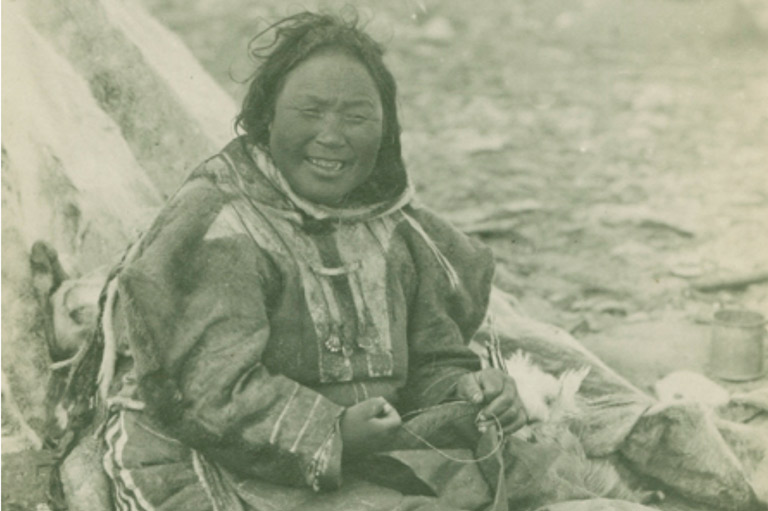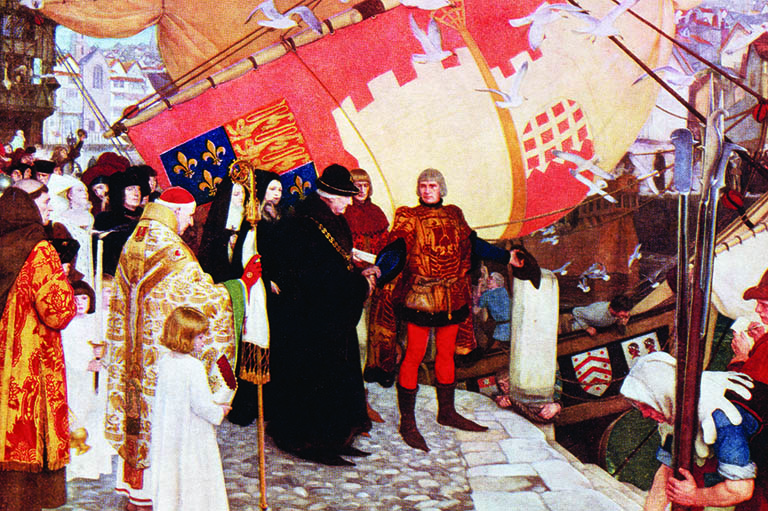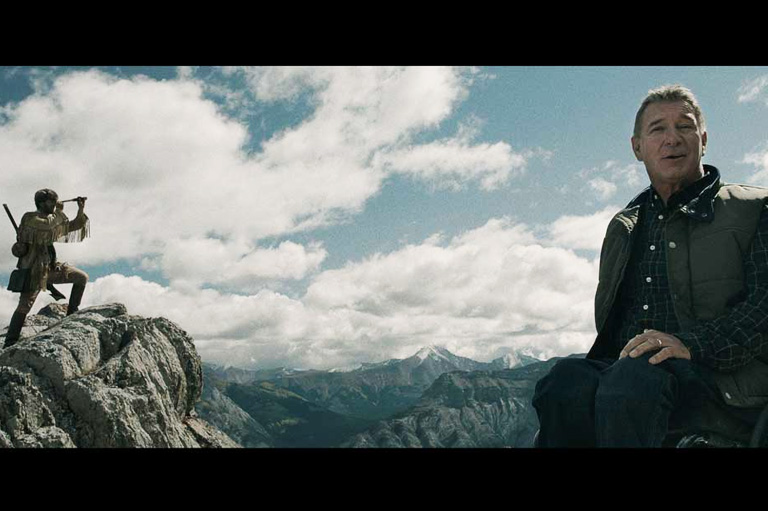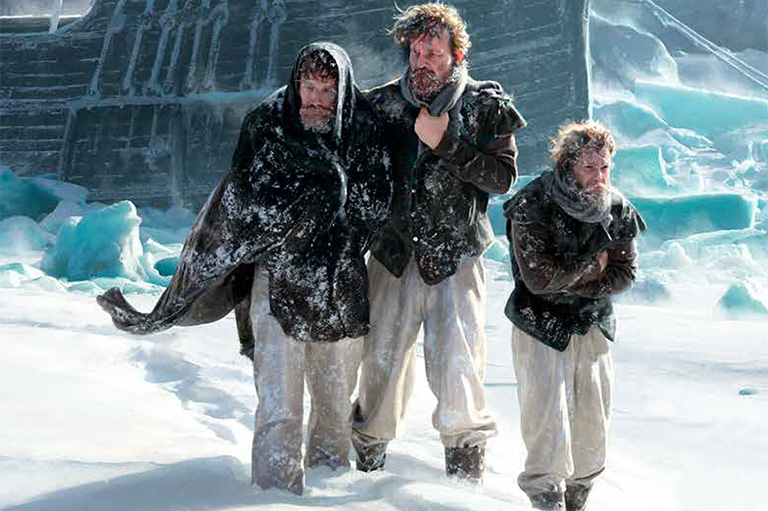10 Great Explorers
Our experts have weighed in with their choices for Canada’s Greatest Explorer — Samuel de Champlain, Robert Bylot, Alexander Mackenzie, David Thompson and Lady Jane Franklin. However, there are many more people than the five we featured that have helped further our understanding of Canada's vast wild spaces. Here are five more men and women, all beautifully illustrated by artist Robert Carter, who could vie for the title of Canada’s Greatest Explorer.
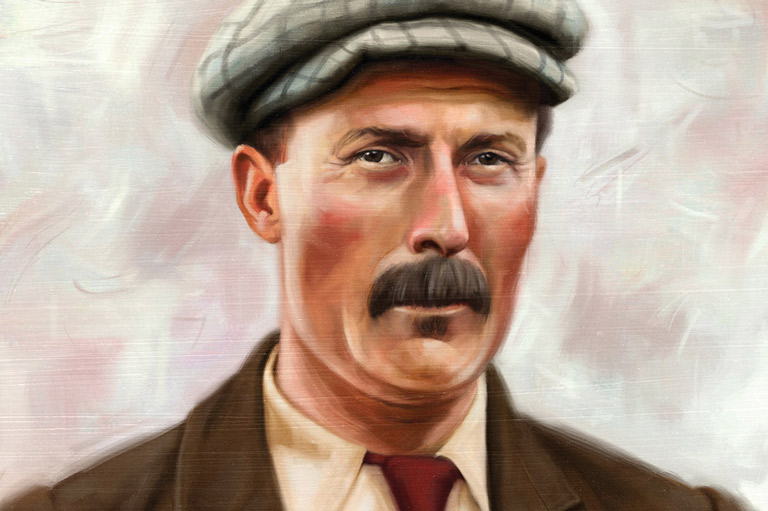
Robert (Bob) Bartlett
The legendary Captain Robert (Bob) Bartlett of Newfoundland had remarkable career of exploration spanning more than fifty years. He skippered some of the most dangerous expeditions to the Arctic, including Robert Peary’s trek to North Pole in 1909. Shipwrecked at least twelve times, Bartlett once survived for months in the Arctic after sea ice crushed his ship, and journeyed hundreds of miles by dogsled to reach civilization. The Arctic expeditions he helped lead made a huge contribution to the world’s understanding of the North.

Vilhjalmur Stefansson
Manitoba-born Vilhjalmur Stefansson was an anthropologist and explorer who went on three Arctic exploratory treks, including the famed Canadian Arctic Expedition of 1913–1918. He became well known for his report of a group of Arctic people who were non-Inuit in appearance, leading to a theory they were descended from early European traders. However, the existence of this group was never substantiated. He also championed the idea of a “friendly Arctic” that explorers could thrive on if they adopted Inuit practices of hunting, clothing and transportation. Stefansson wrote some twenty-four books and four-hundred articles about his Arctic travels.
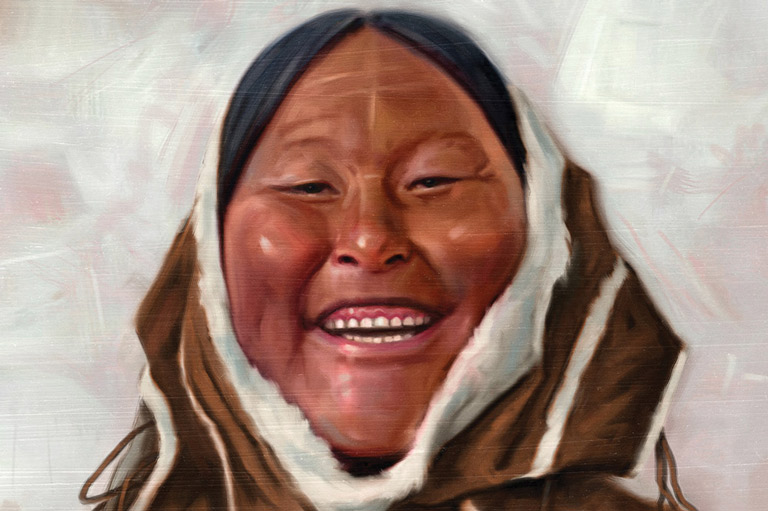
Higilaq
Higilaq was a member of the Copper Inuit of southwest Victoria Island, who, along with her husband Ikpukkuaq, adopted anthropologist Diamond Jenness into her family for eight months in 1915. Besides being proficient in the skills required of an Inuit woman, Higilaq was also a shaman, which helped save Jenness from a local murder charge. Through Jenness’s observations, Higilaq and her husband, a renowned hunter, contributed much to the knowledge of everyday life among indigenous Arctic people.
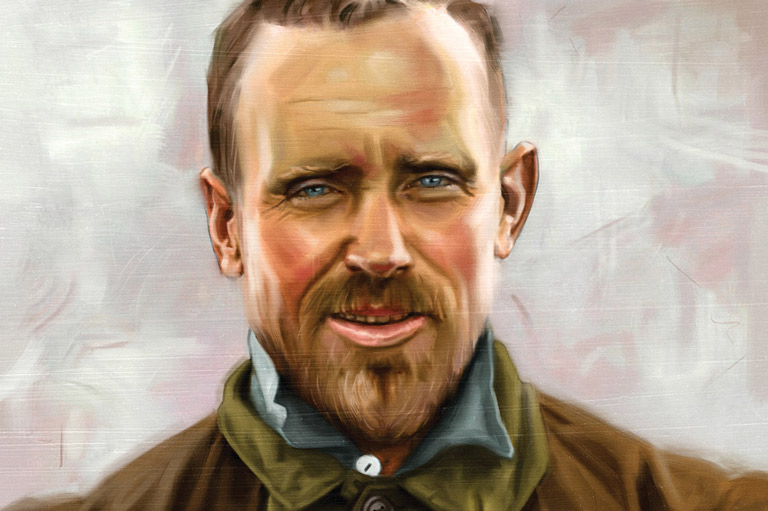
Rudolph Martin Anderson
Rudolph Martin Anderson was a mammalogist and zoologist who spent seven winters and ten summers north of the Arctic Circle. He was the leader of the southern party of the Canadian Artic Expedition of 1913–18. Besides organizing the expedition, he collected bird and mammal specimens, took photographs and gathered information on a variety of topics. His knowledge of Arctic animals played a role in the Canadian government drafting legislation to protect northern wildlife. Initially on the staff of the American Museum of Natural History, he later joined the National Museum of Canada as chief of the biology division.
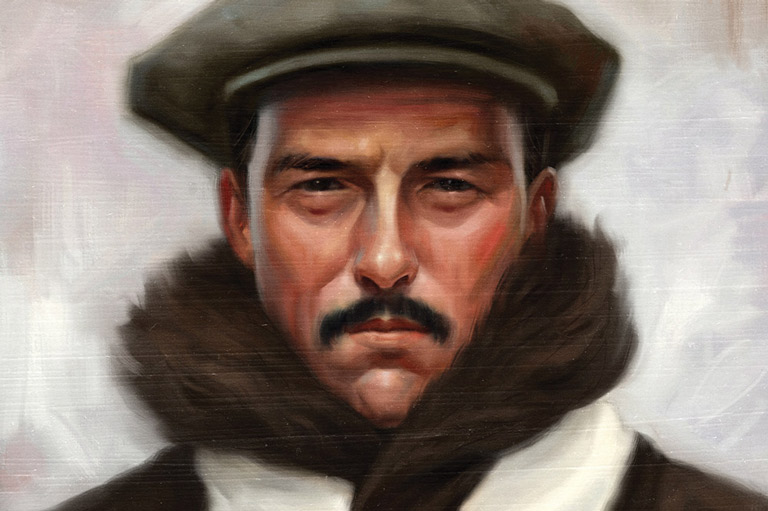
Patsy Klengenberg
Patsy Klengenberg was the son of a Danish whaler and an Alaskan Inupiat mother. In 1915, when he was fourteen years old, he was hired by the Canadian Arctic Expedition to fill many roles, including hunter, dog driver, guide and interpreter. He also assisted southern party leader R.M. Anderson with collecting and maintaining Arctic specimens. Considered an excellent interpreter, he used the skills he acquired during the expedition to become a successful businessman and trader in the Canadian Arctic.
With 7 uniquely curated newsletters to choose from, we have something for everyone.

